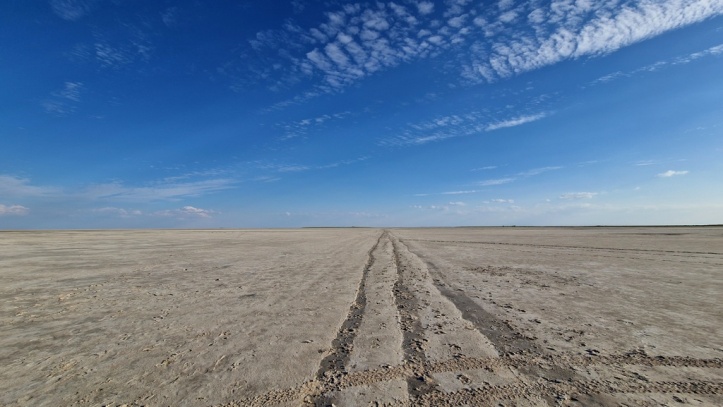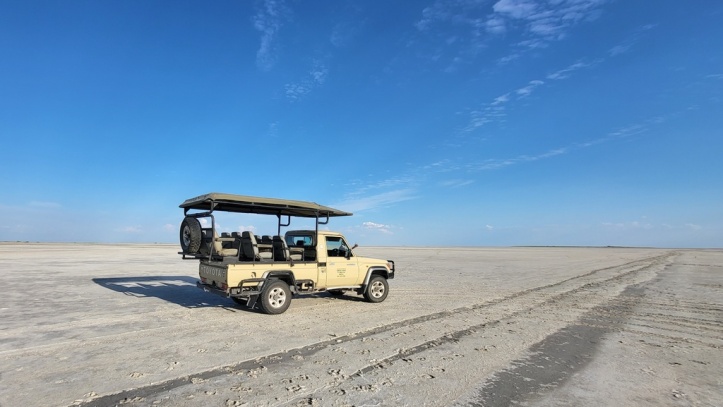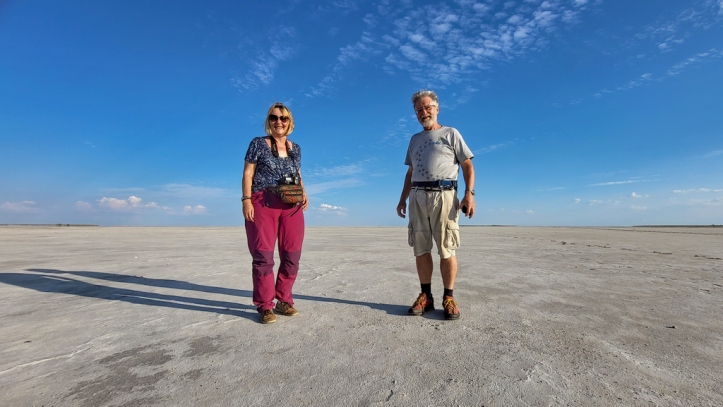Nxai Pan National Park is a logical continuation of the Makgadigadi National Park. They share the same ecosystem, that is the fossil lake bed. They differ only by the fact that Makgadigadi is irrigated on its western edge by the Boteti River, while there is no perennial water source in Nxai pan.
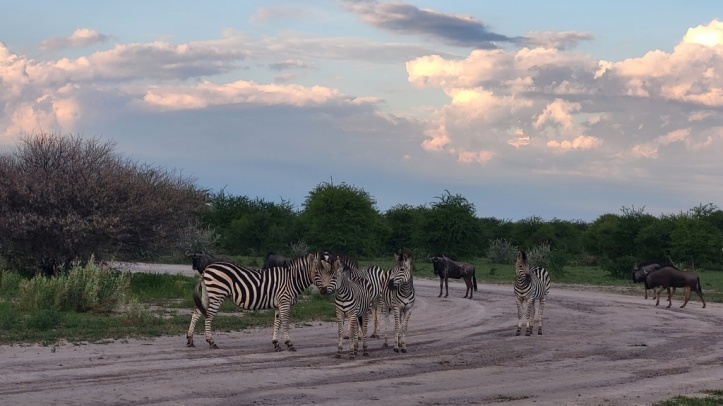
We entered the park at the only gate into the park, on the Maun-Nata road. At the gate, we had to pay for the campsite for two nights. Camping is possible at the South Gate campsite in the heart of the park, with 10 camping spaces, and also at the cluster of magnificent baobab trees, called Baines Baobas. We weren’t sure if the road to Baines Baobabs would be passable, so we opted for South Camp. But we were advised by the lady at the gate, that the road to Baobabs is OK, as long as we take the northern access track.
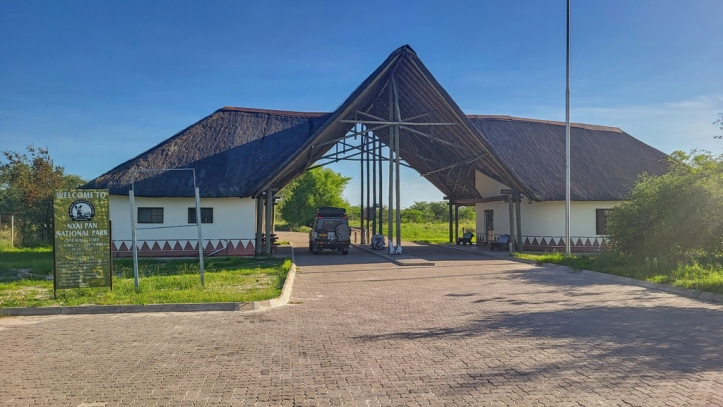
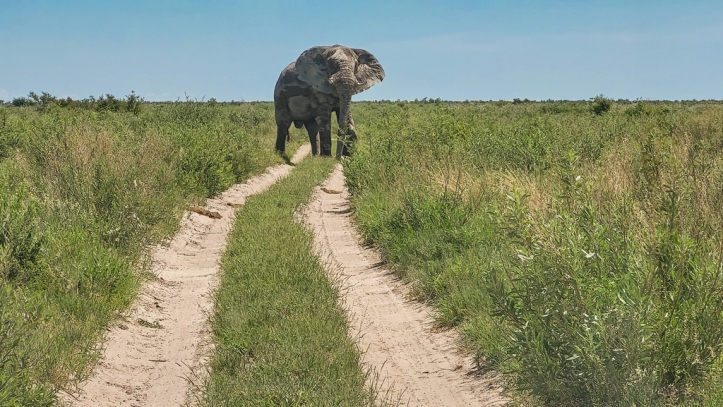
Baines Baobabs
There are a few iconic clusters of very old baobab trees in Botswana, some of them are even declared national monuments. Most of them are named by the 19th-century British explorers/prospectors/artists: Chapman’s, Green’s, and Baines’ Baobabs. Some of those trees started growing up more than 5,000 years ago.
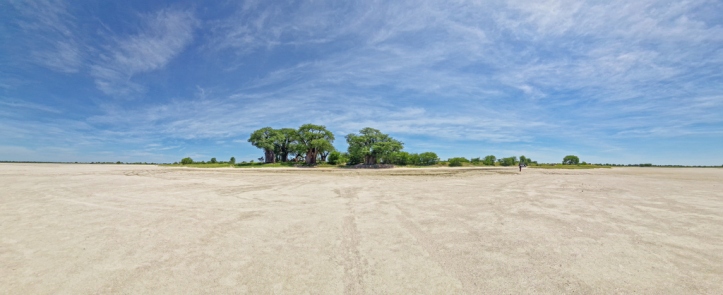
The road into Nxai Pan is notorious for its deep sand and corrugations. But it was far from being as bad as I was afraid of. Halfway to the South Camp, we came to the Baines turn-off, and we swerved right. We took the recommended northern route.
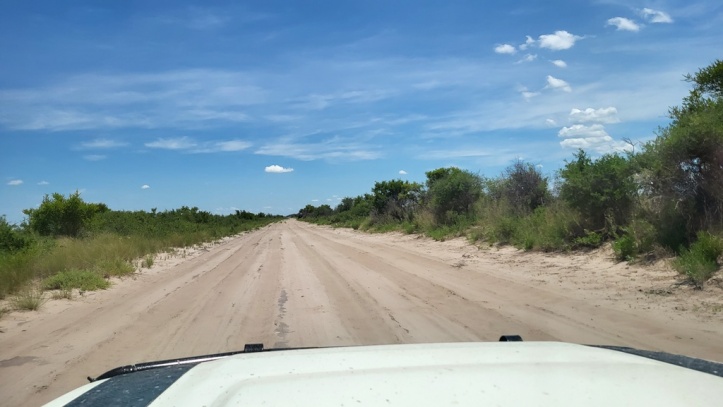
The track was fine, the surroundings were surreal, like being in the absolute void. Only us, the endless levelness all the way to the horizon, few ostriches, a lone bull elephant. And birds, lots of birds.
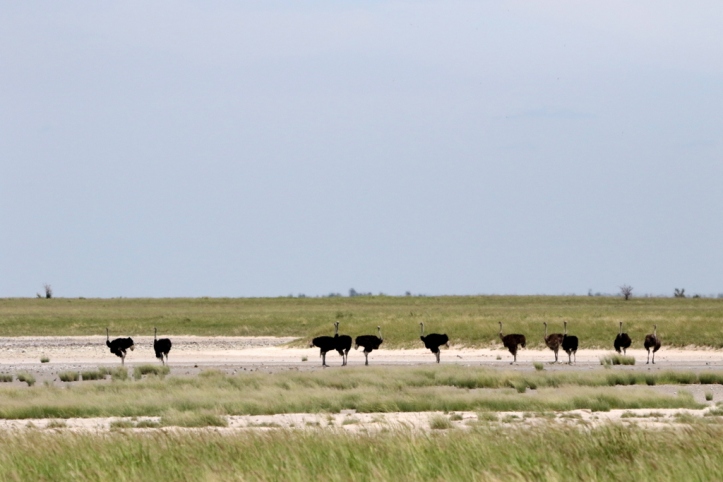
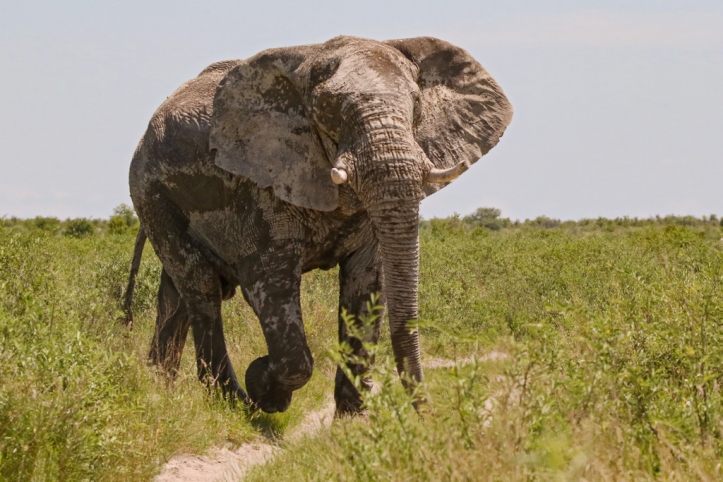
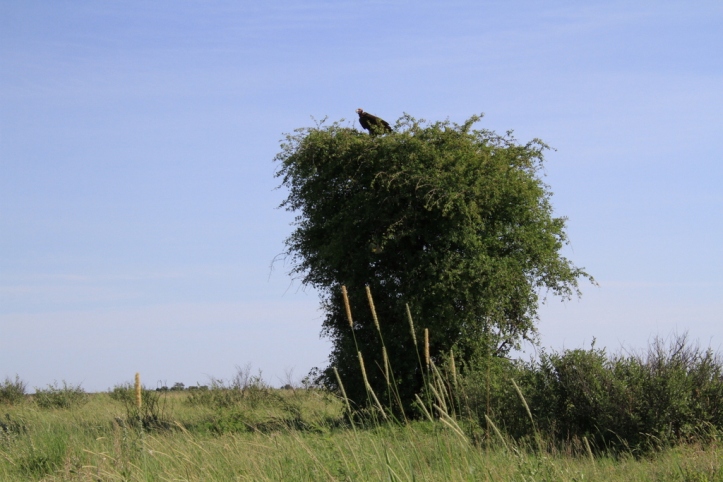
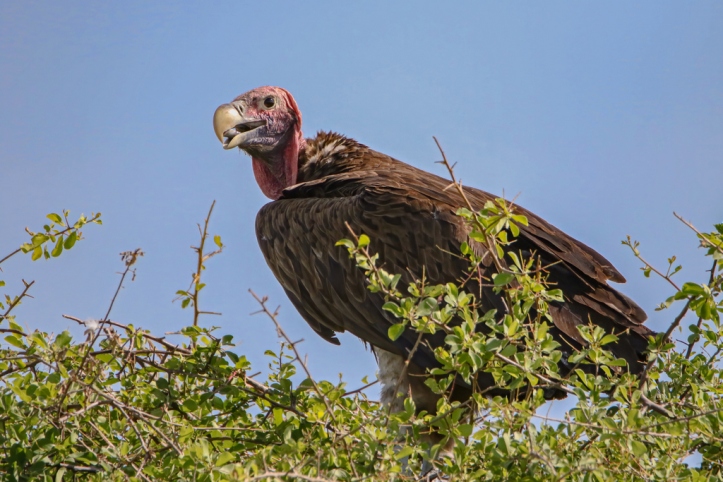
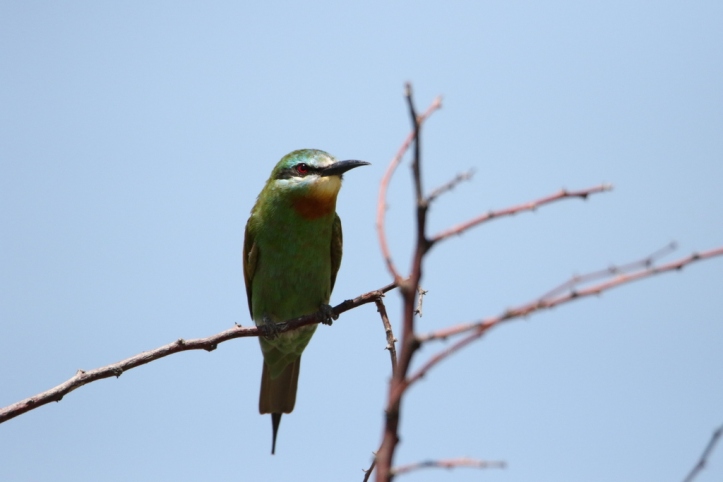
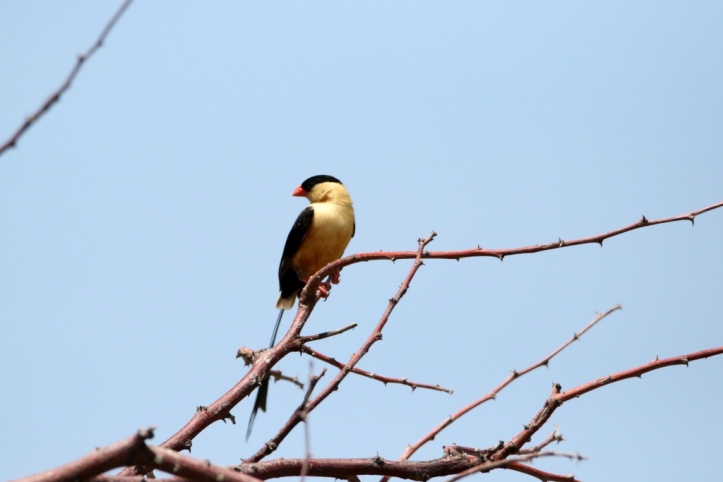
The sandy pan at the baobabs was just on the verge of being too soft to be driven safely. The crust was already a bit wet, and even walking on it left the distinct footprints impressed on the surface. There were some large water puddles started to form on the pans. We were glad we didn’t take the direct track to the baobabs, as the crossing of the wet pans could be seriously problematic. Whole cars have been known to be swallowed forever by the wet salty mud under the broken crust!
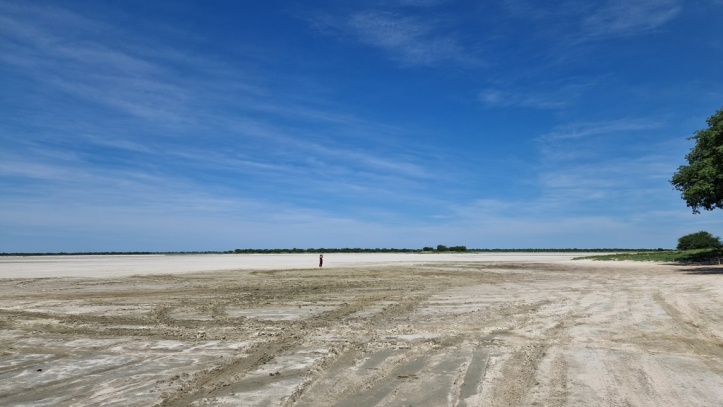
We were lucky, we were the only ones at the baobabs. We had it all for ourselves, for a couple of hours. They are magical, they are mystical. We could take our time to explore their lush little island, to experience their majestic greatness, and to enjoy their cool deep shade in the rising heat of the late morning. A leisure breakfast, a Turkish coffee, and a game of rummy in the shade of those majestic trees, in the emptiness of the endless ravine in pristine Africa – could one wish for more?
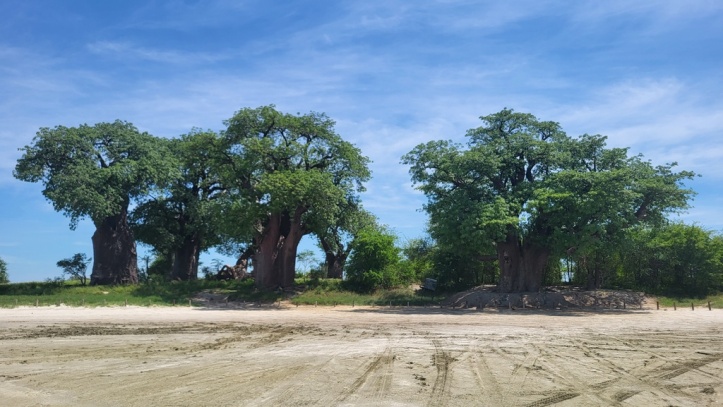
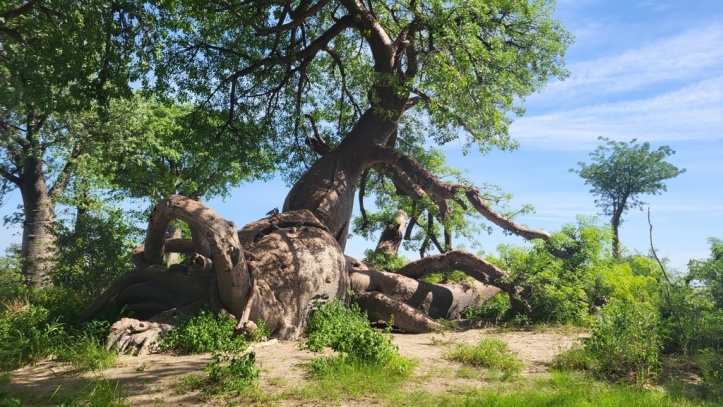
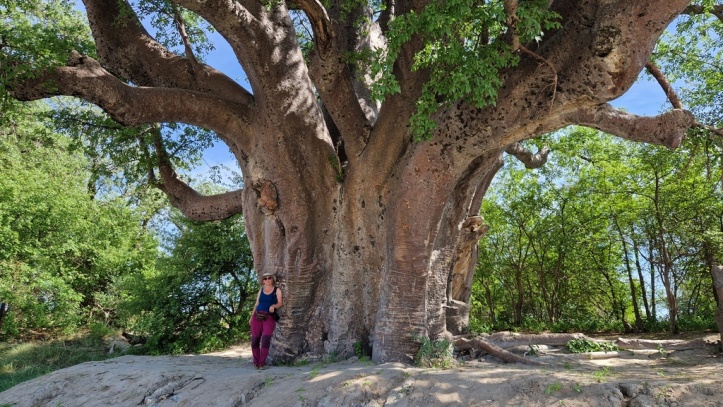
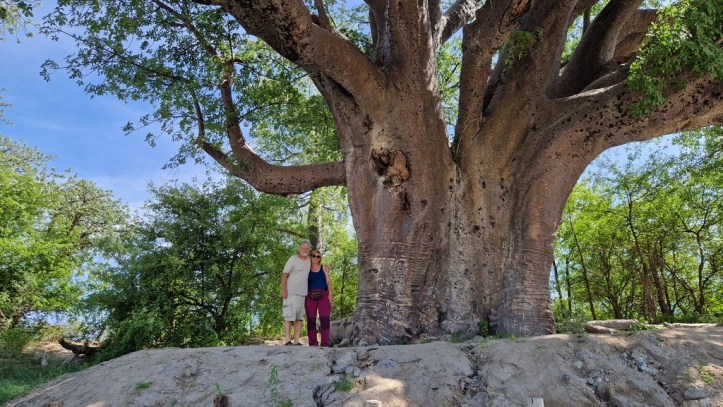
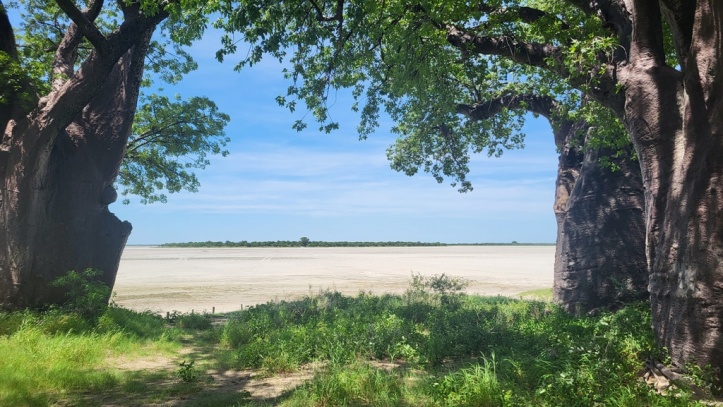
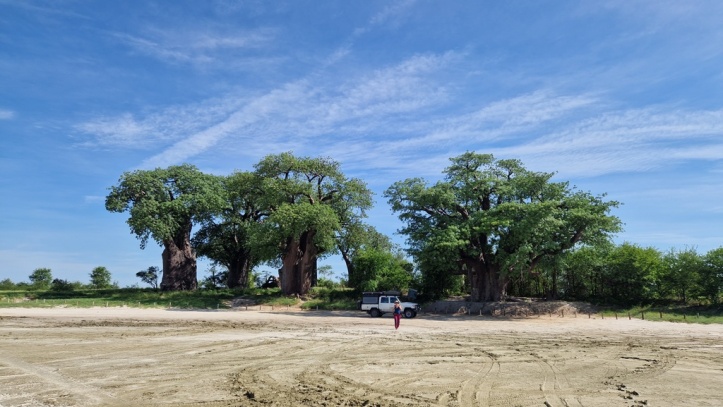
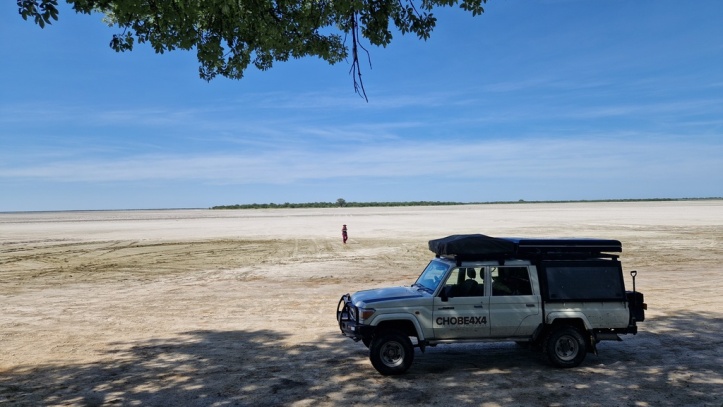
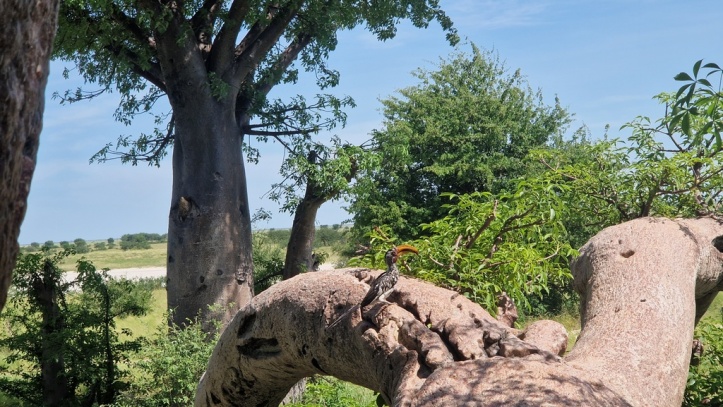
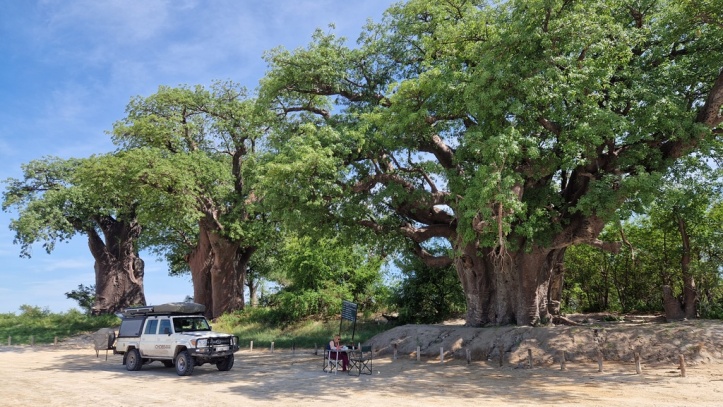
Nxai Pan
After the longer break at the baobabs, we continued our way to the South Camp. The road was sandy, but not too bad, and we were making good progress.
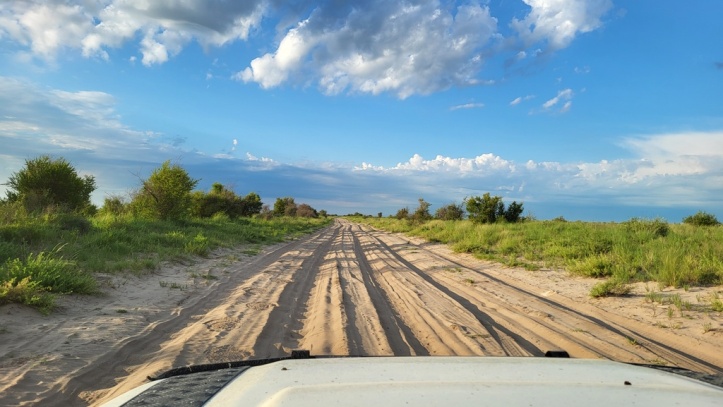
South Camp has 10 campsites. We were assigned campsite #10. We were told that sites #8 to #10 are not prone to being flooded during the rains, which is why they give them away first. However, we have found that those three campsites are practical without shade, surrounded by thorny bushes, while sites #1 to #7 are located in the wonderful grove of trees, providing the perfect shadow during the day. There were indeed a few very deep muddy puddles on the approach track to that grove, but still easily accessible with 4×4. As most of those sites in the grove were empty, we spent most of our camp daytime there and only moved to our designated campsite in the evening.
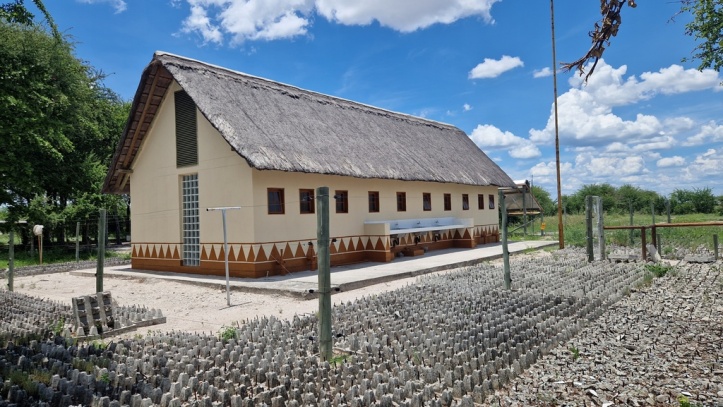
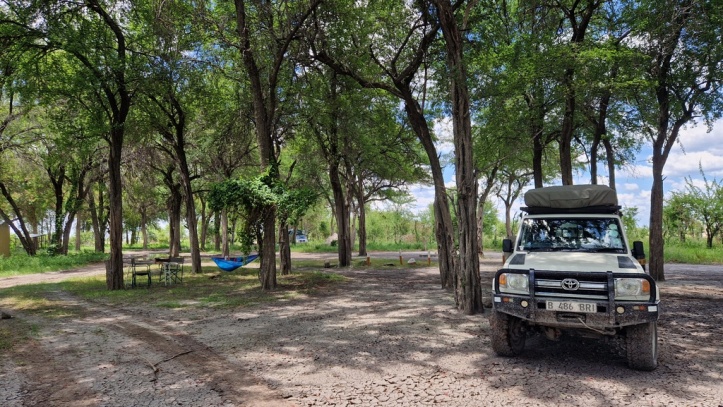
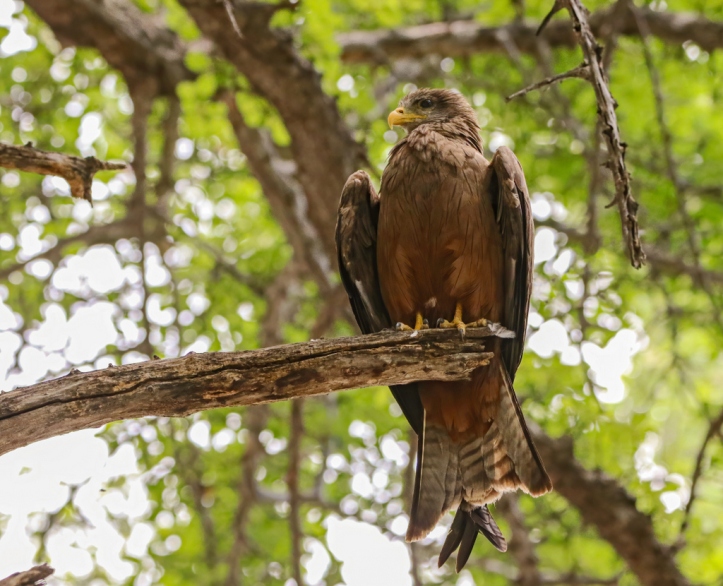
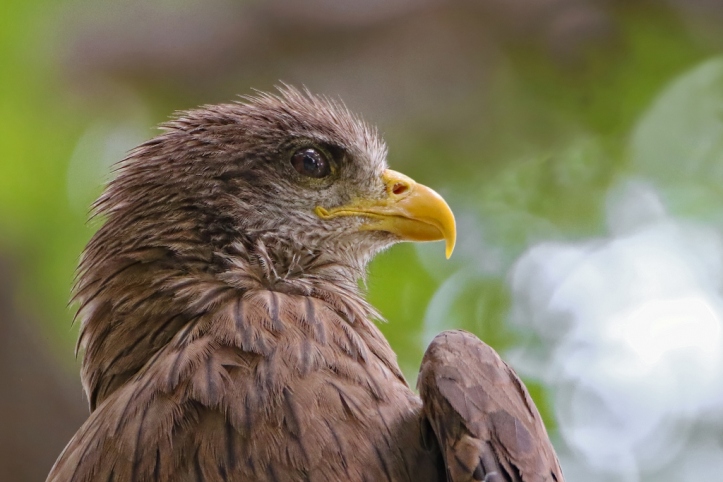
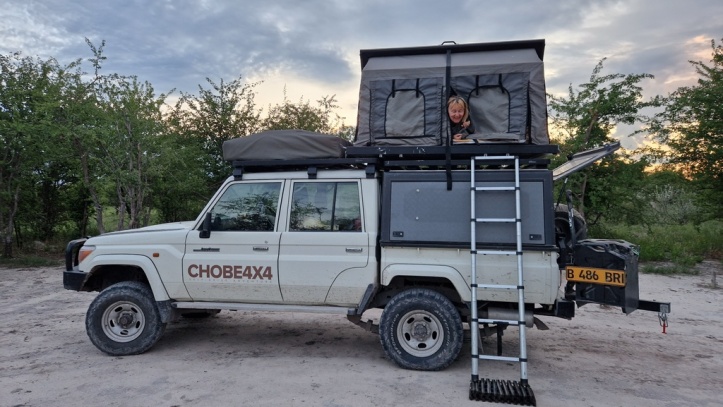
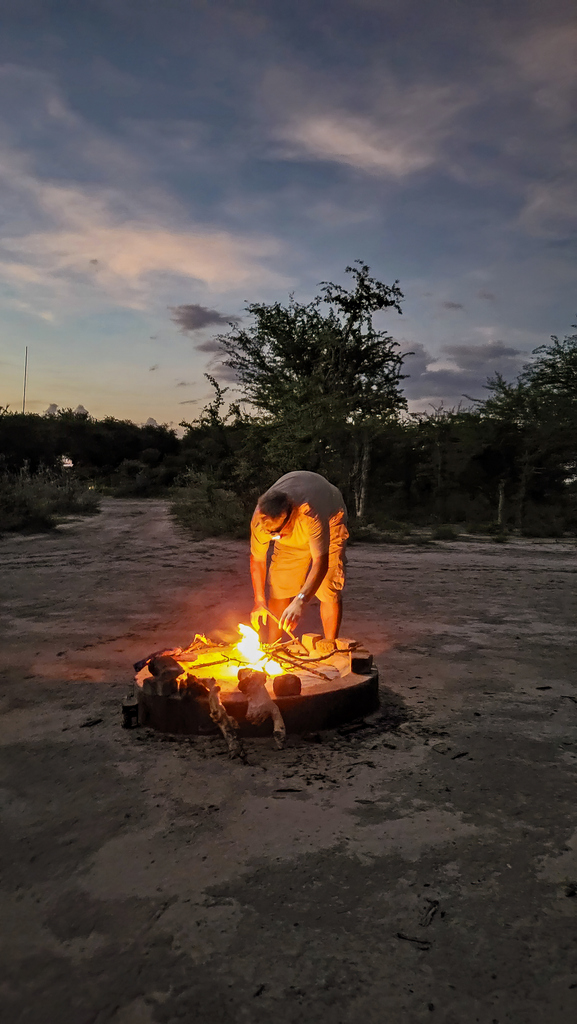
Game drives in the Nxai Pan are very relaxing. The terrain is flat, and the savanna is very open, so the animals are visible from far away. There are few natural (and few pumped) waterholes, which in the very dry environment are the magnet for the wildlife. There were very few visitors, so we felt as if we had that Eden all for ourselves.
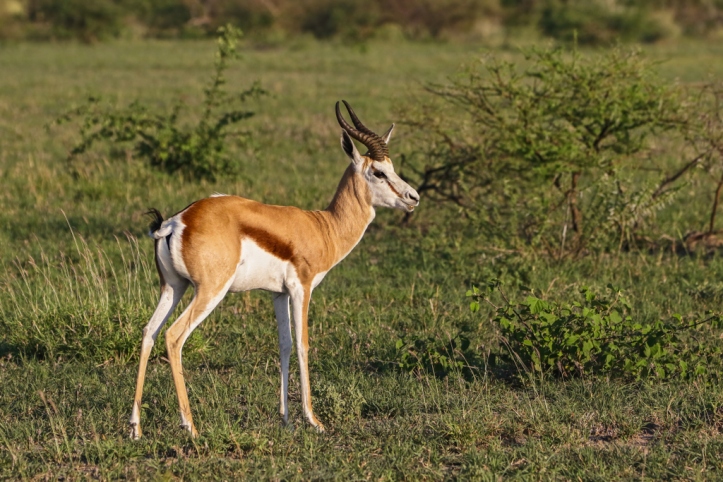
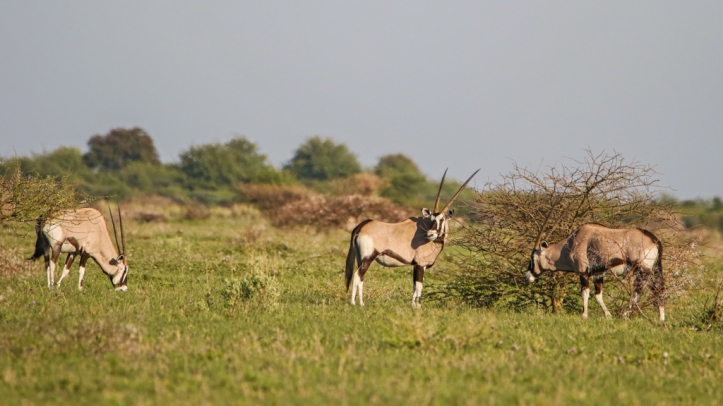
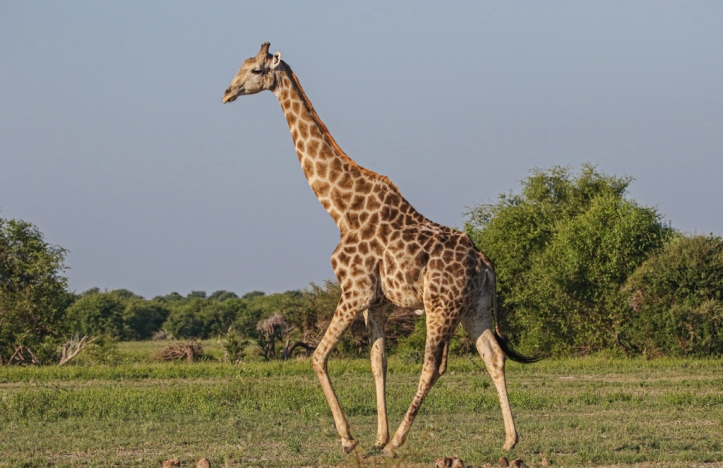
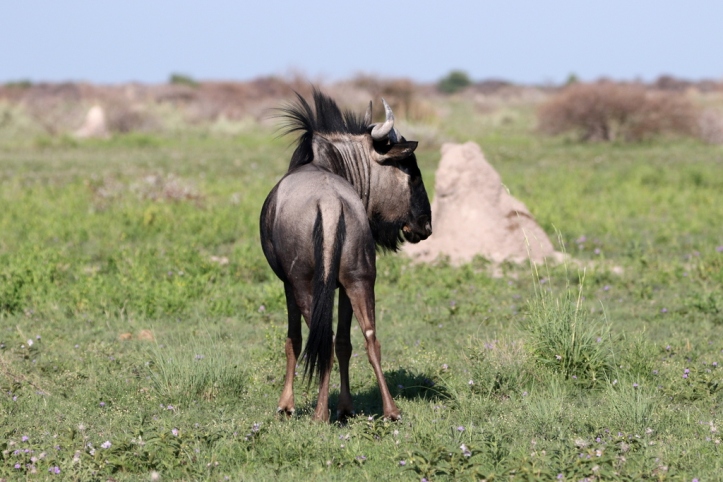
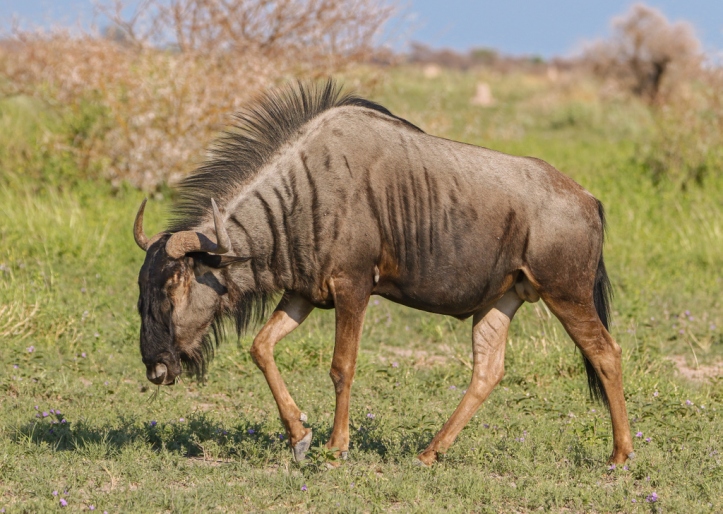
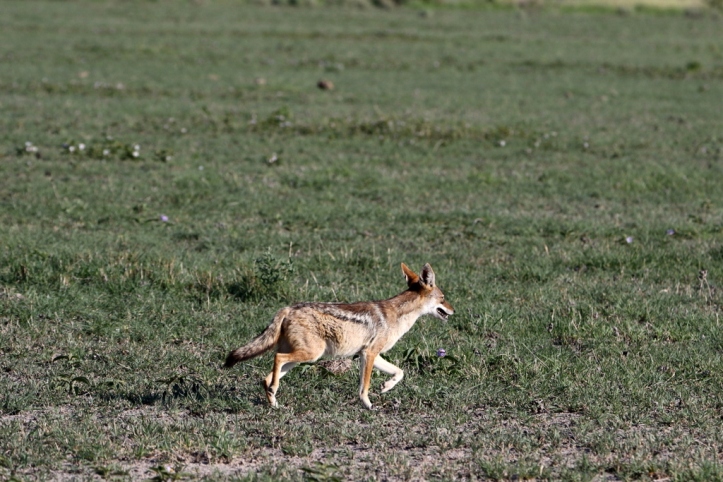
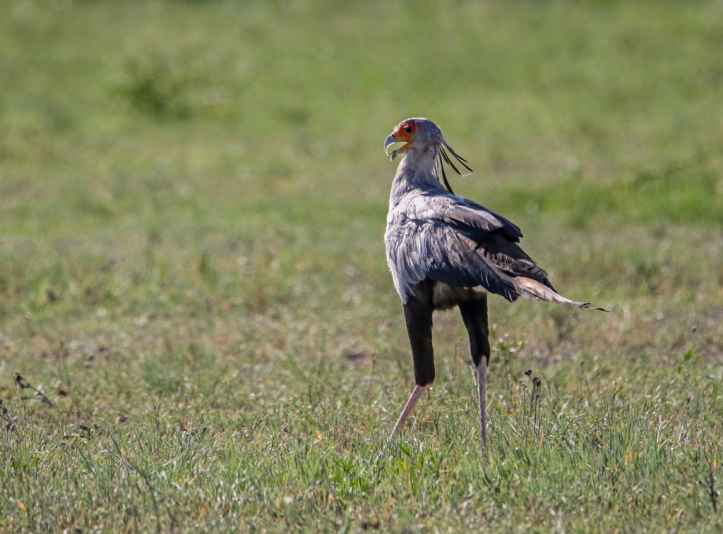
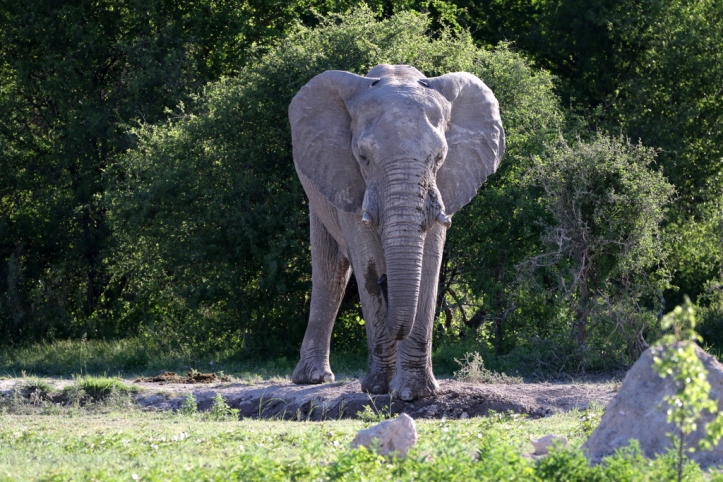
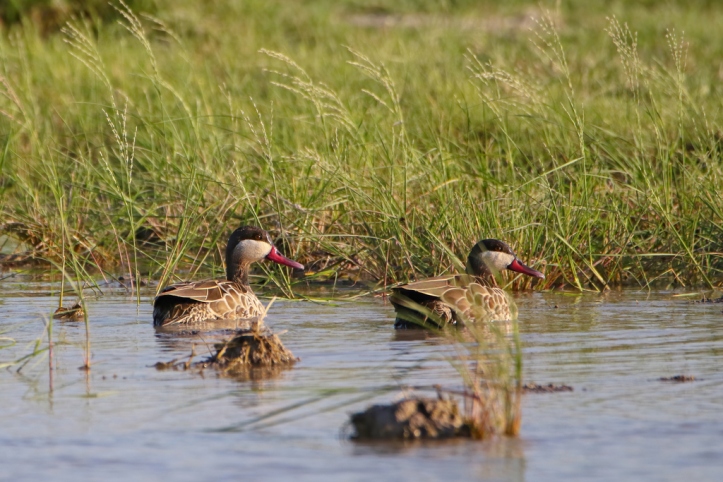
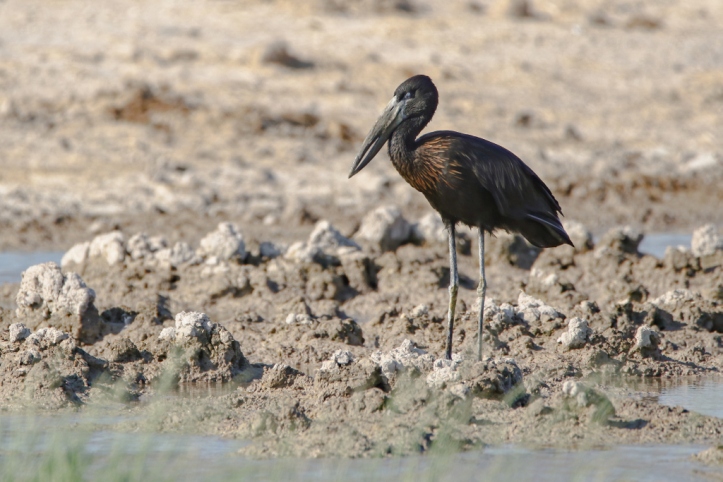
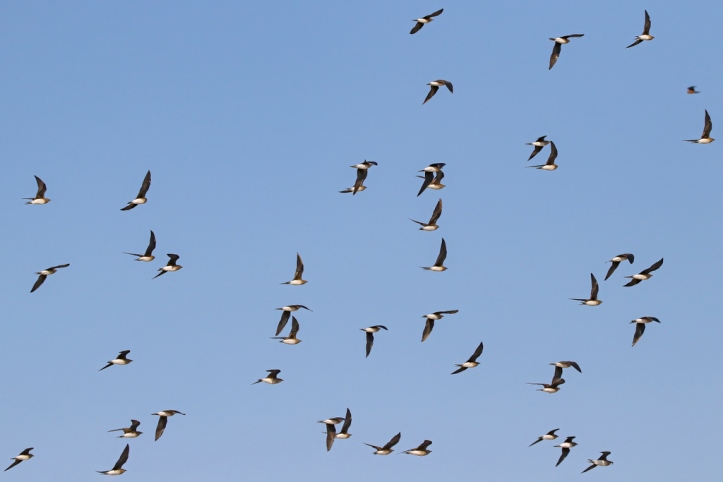
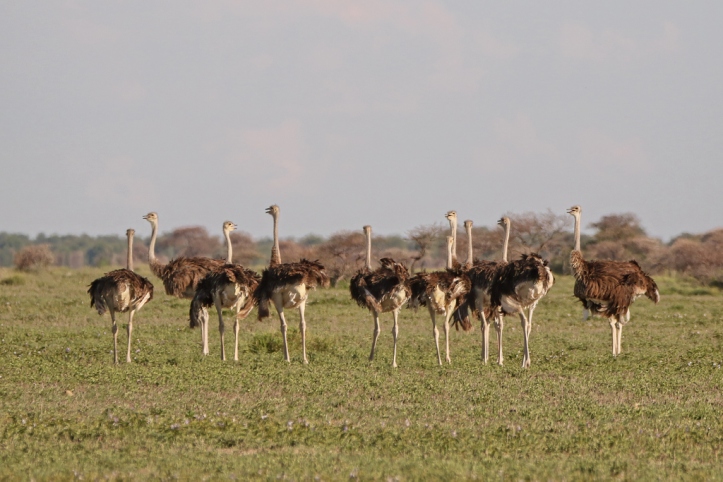
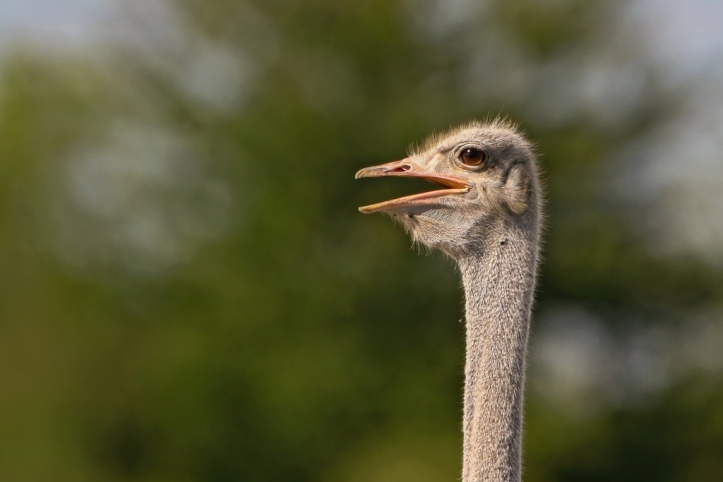
Nxai Pan is known as one of the ending points in the largest mammal migration in Africa, the annual Chobe-Nxai Pan zebra migration. We were in the park just as they were starting to arrive there, and we noticed how much their number had risen in the three days of our stay there.
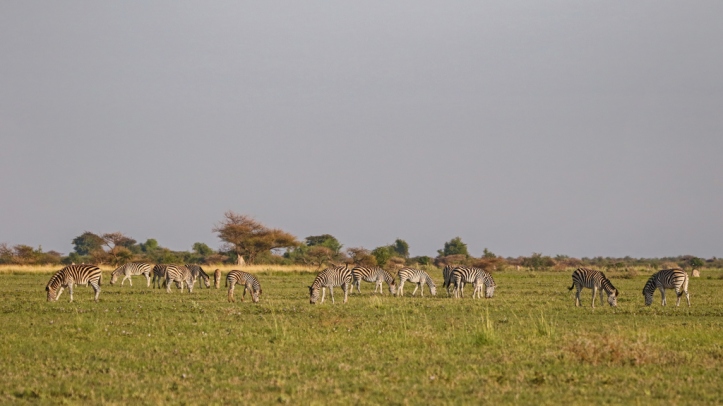
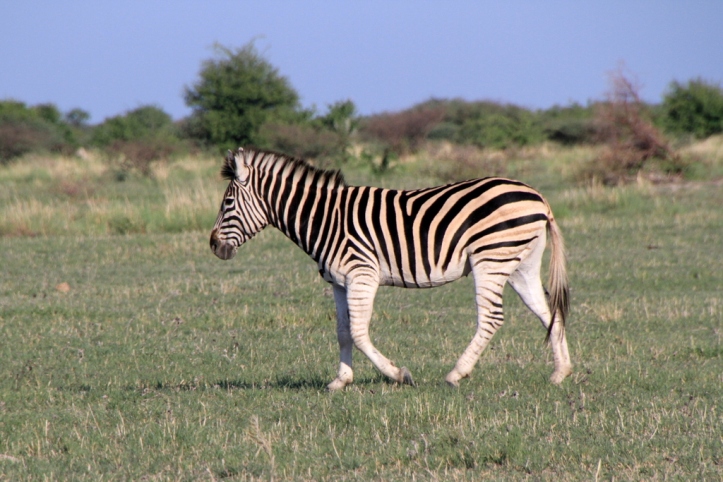
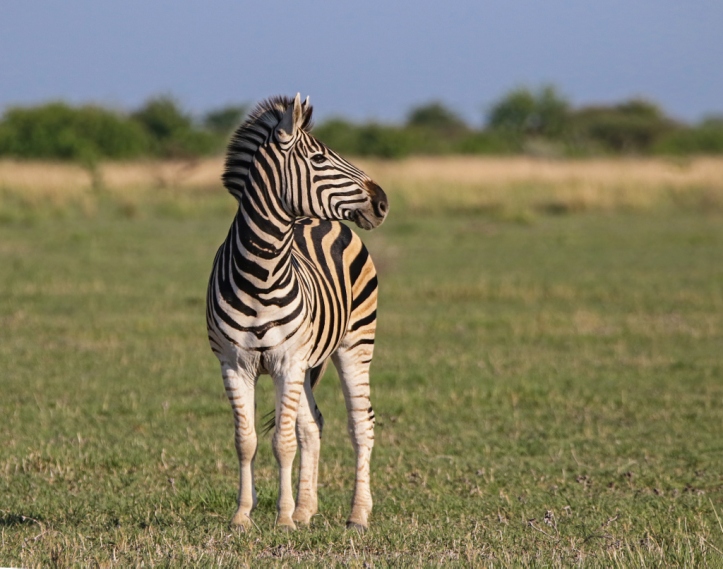
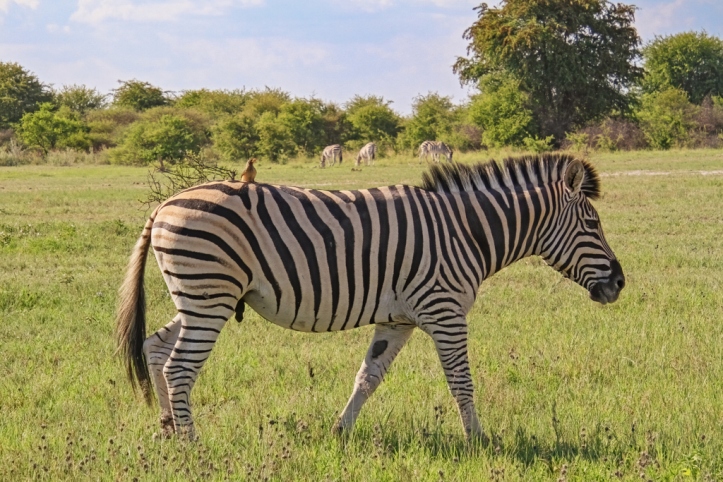
But for us, the most joyful moment in this park was not concerning the wildlife at all. It was rather a surprising reunion with our friends. We were supposed to meet Andrew and Jenny from stuckinlowgear.com at the beginning of our trip, in Central Kalahari. We have known each other for a long time over some overlanding forums, and we met for the first time in person two years ago in Mana Pools, Zimbabwe. As we were now all traveling through Botswana at the same time, we made a plan for another meeting on Christmas Day. However, due to some unforeseen changes in our itinerary, that rendezvous in Central Kalahari never materialized. Then, one day, when we were resting in the shade of the South Camp in Nxai Pan, a muddy Land Cruiser came in and parked next to ours. It was them! They knew roughly our itinerary, and as they were camping at Baines Baobabs, they assumed we might be at South Camp at that time, and went to check. So, our re-joining did happen finally. We had a relaxed and very interesting conversation for the next couple of hours, sipping cold beer, and exchanging our travel stories.
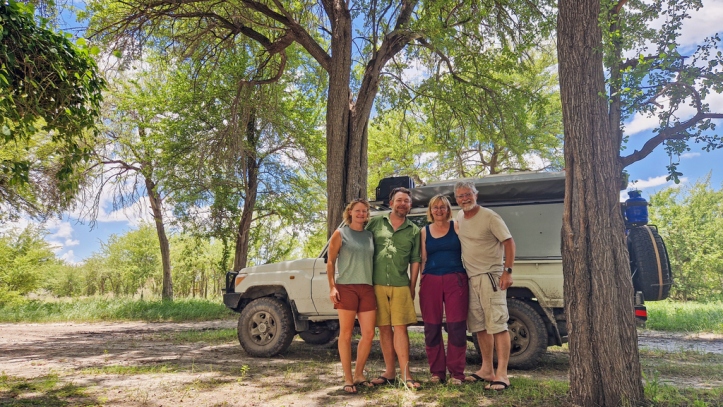
On the last day, on our way out of the park, we had a fantastic encounter with a pride of lions. We were tipped the previous evening that a pride of lions was observed at a waterhole, very close to the turnoff from the main road to the Baines Baobabs. It was too late in the evening and we could not possibly get there and back to the camp before night, so we gave this opportunity a pass. But the next morning, we were traveling just near that area, so we decided to give it a try. The description we were given was very vague, we only knew they were at a larger waterhole. Soon after the turnoff, we indeed found a waterhole, however, we weren’t sure if this was the right one. We couldn’t find any life there, so we decided to turn around and continue on our way out. But then, at the last moment, something moved in the bush, and we saw them: the whole pack of lions was lazing in the bushes at the waterhole. What a sight! We stayed with them for about half an hour and were the only tourists far and near to admire their magnificence.
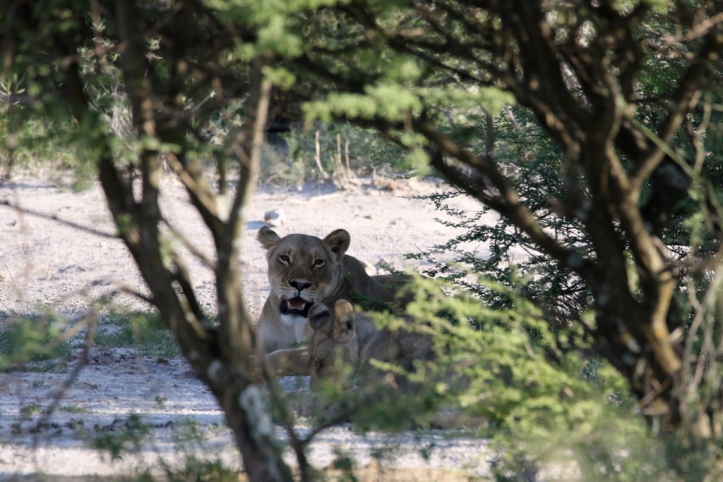
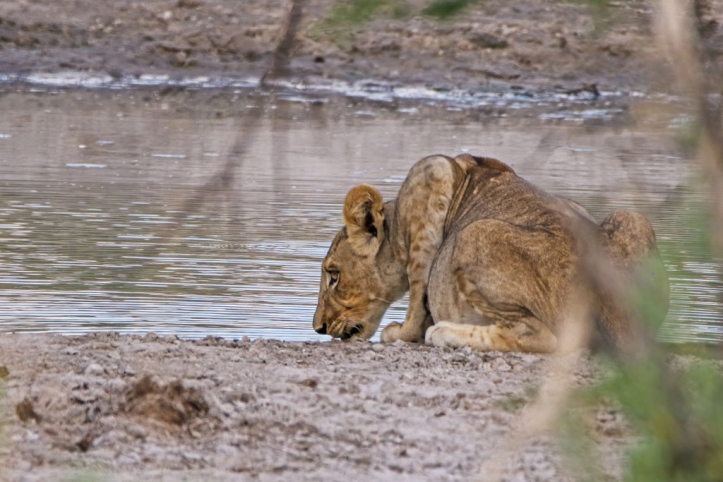
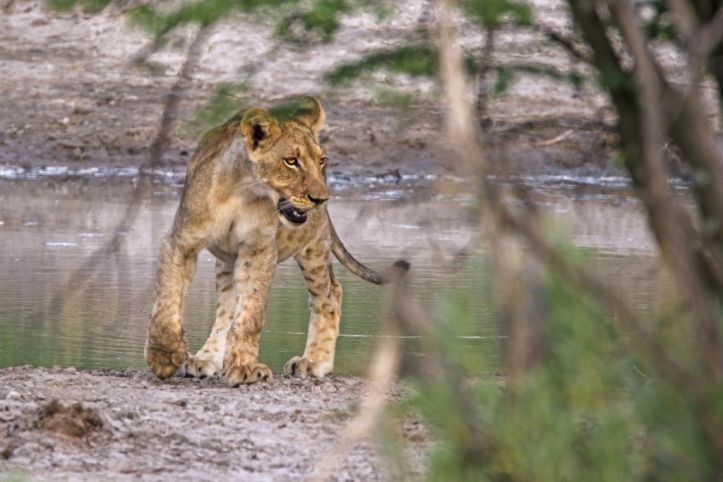
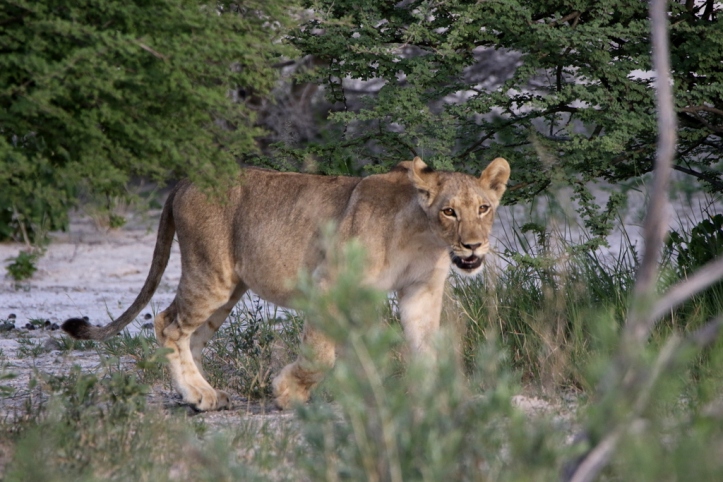
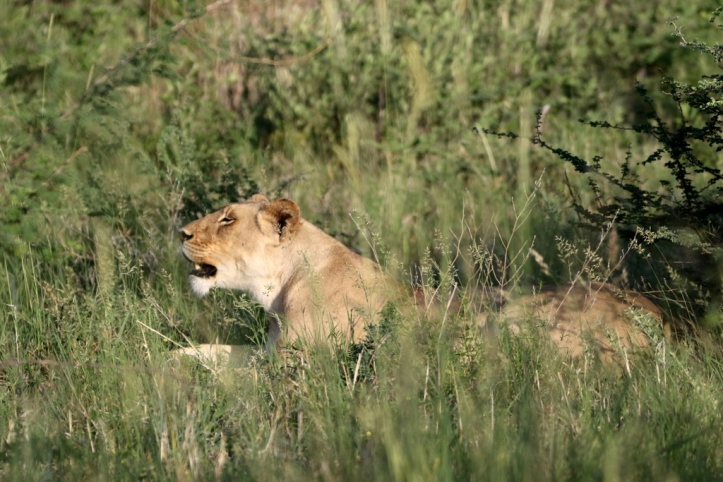
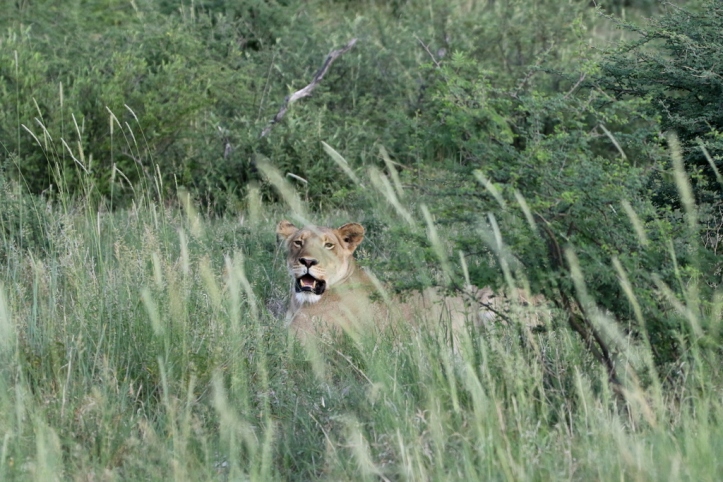
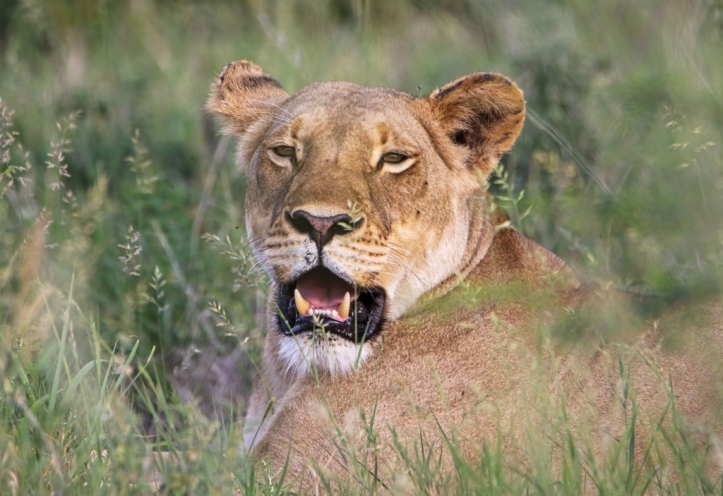
Meerkats of the Ntwetwe Pan
We had never seen Meerkat (or Suricate, as they are also called) before, and knowing that there are some habituated colonies around the village of Gweta, we decided to spend one night at a well-known lodge and campsite Planet Baobab there and join one of the organized excursion on the pans in search for meerkats. So, upon exiting the park, we reinflated our tires, and in less than an hour we were in Gweta. We arranged a guided afternoon excursion at Gweta Lodge, bought some fresh bread, and drove to Planet Baobab.
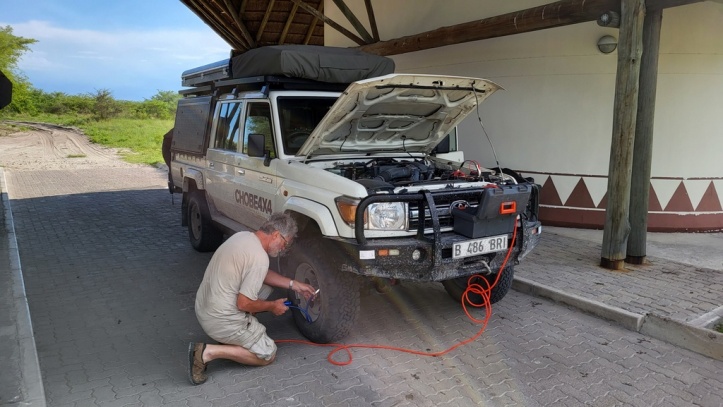
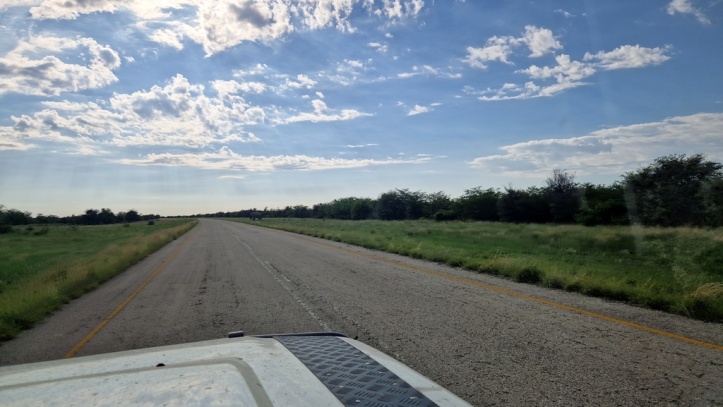
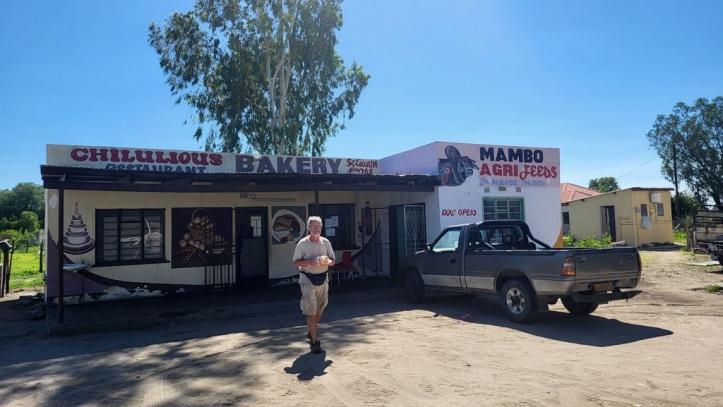
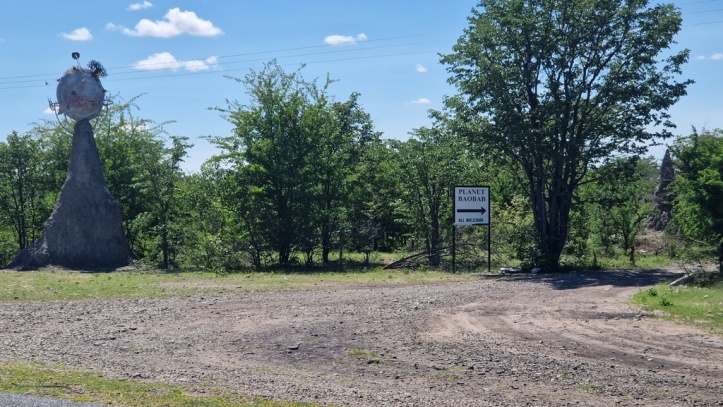
The campsites at Planet Baobab are among the best in Botswana, with excellent amenities. Electricity and water at hand, spotless clean ablutions, and camping spots spread around wide enough to provide some privacy. But the best of all is their pool with the bar, open also for campers, not only to their lodge guests.
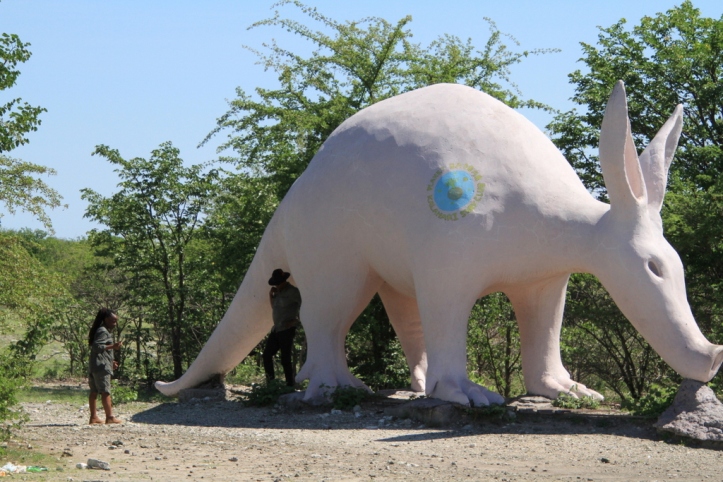
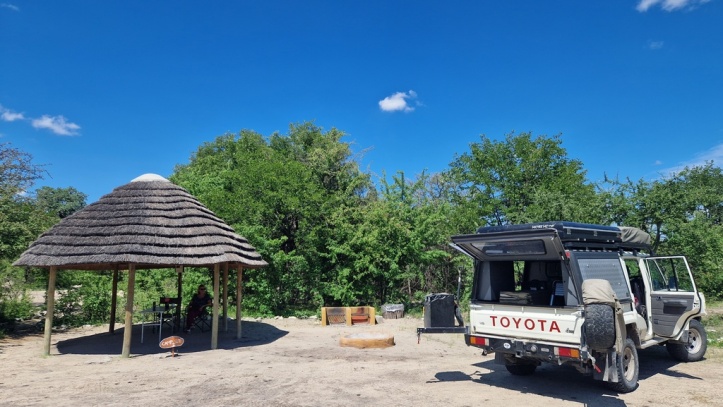
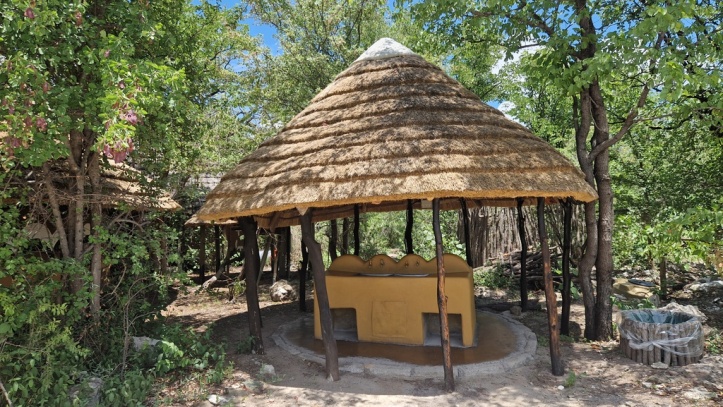
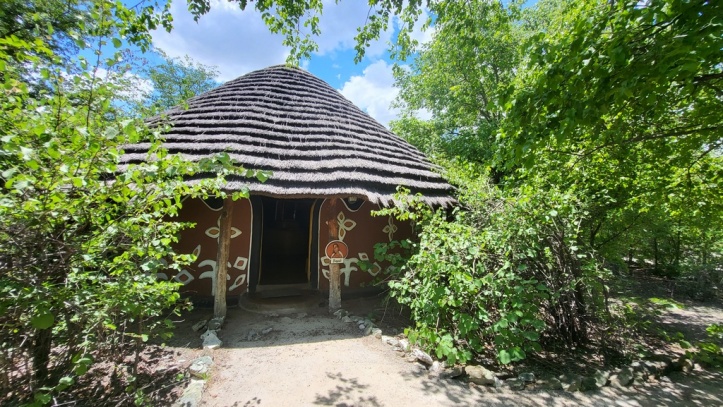
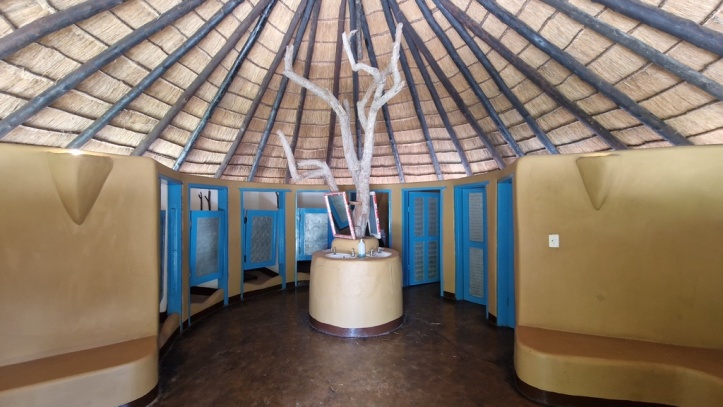
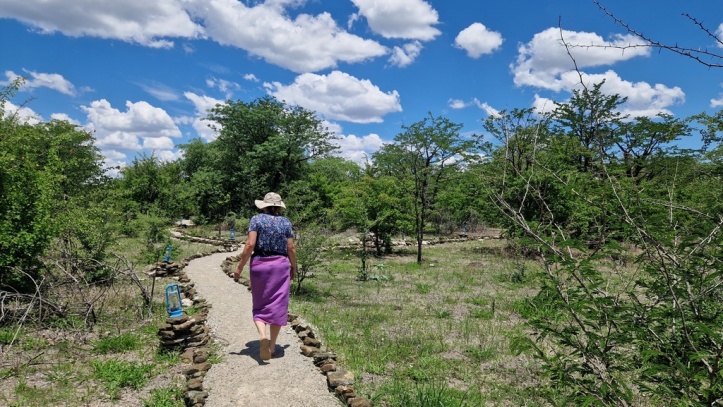
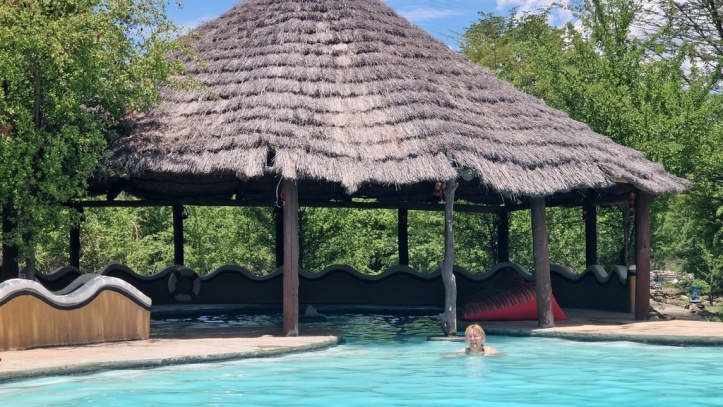
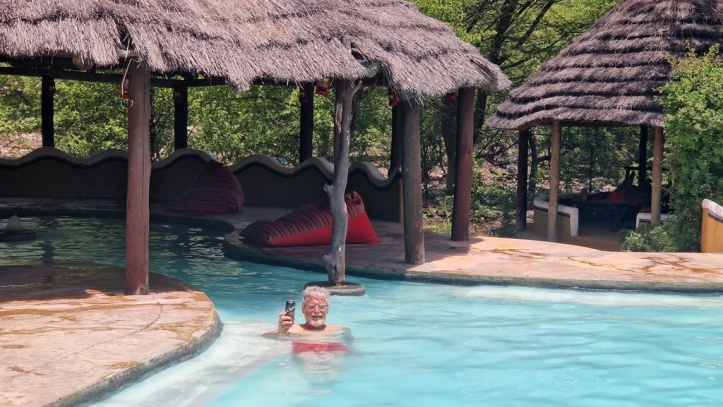
In the afternoon, we were picked up at the bar by the safari Land Cruiser from Gweta Lodge for an excursion to the Ntwetwe Pan, in the search for the meerkats. There were two young Japanese ladies on the truck, so it made four of us, which was nice since the minimum occupancy for the excursion was 3 guests – if the two of us were alone, we would have to pay an additional ticket for the absent third person. The driver/guide first asked us, if we wanted to visit a large Baobab tree on the way to the pan, which would be a slight detour. Since we’ve seen plenty of huge baobas in the past few days, we asked him to drive us directly to the pans. But the Japanese ladies wanted to see this baobab, so we let them have it their way. When we arrived at the tree, we agreed that the detour was well worth it. It was a magnificent specimen, really.
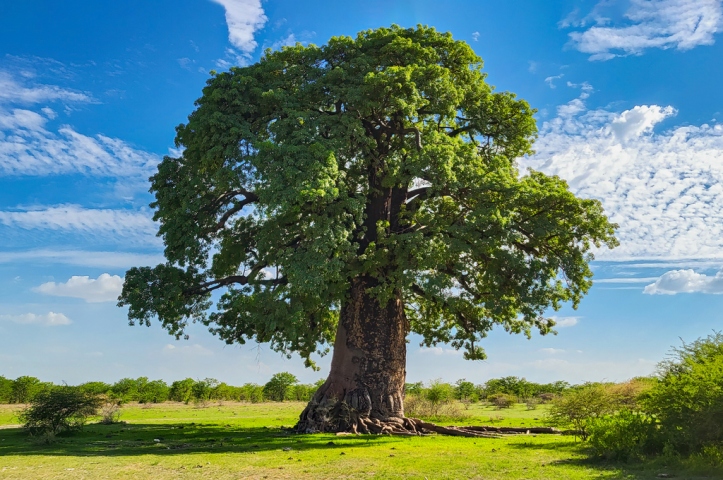
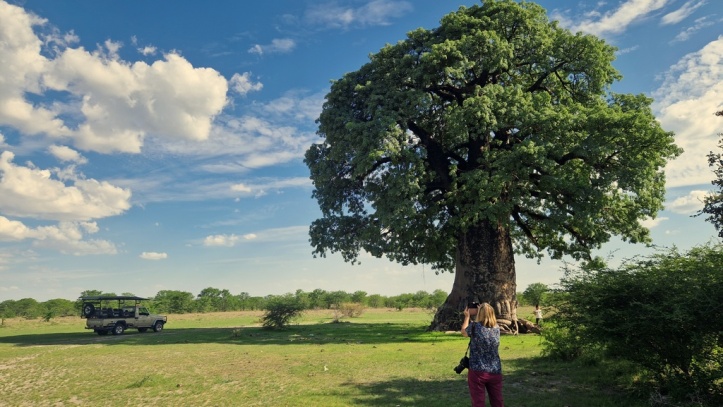
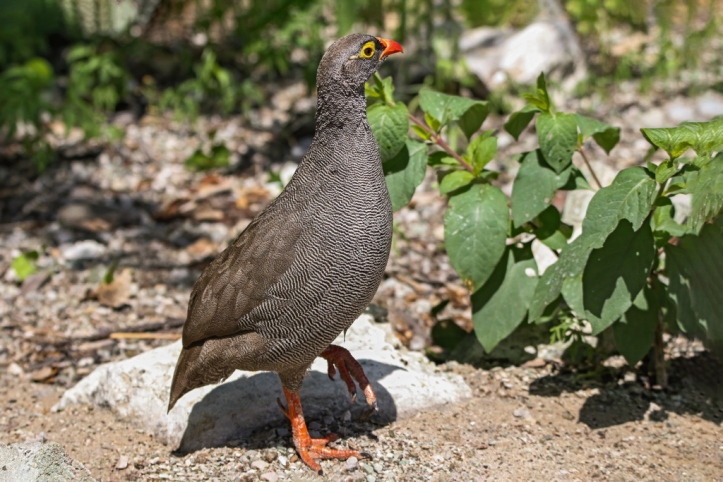
The drive to the edge of the pan took us more than an hour and a half. It was through nice surroundings, and not driving was a welcoming change for me, but speeding among trees and navigating the myriad of tracks was not particularly pleasant. When we came close to the edge of the pan, we passed a few settlements with local herders, and in the last one, a local guide joined us to show us the exact location of the colony. These guys tend their flocks of goats and cows, and at the same time constantly look at the movement of the meerkats, so they always know where they are. This comes as a well-deserved additional source of income for them.
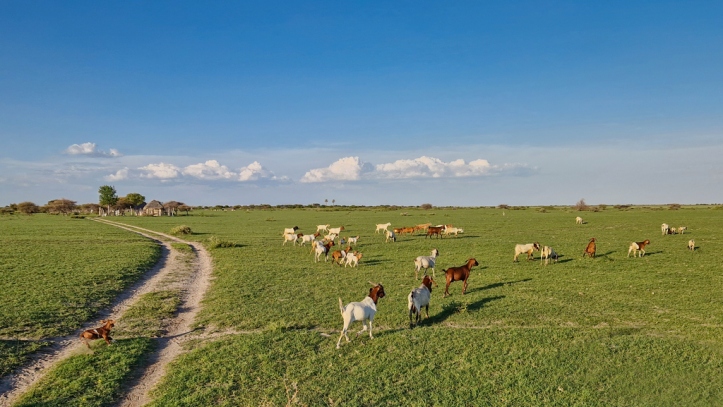
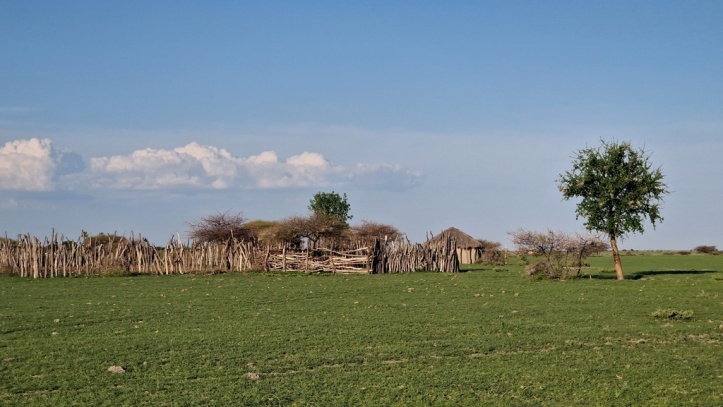
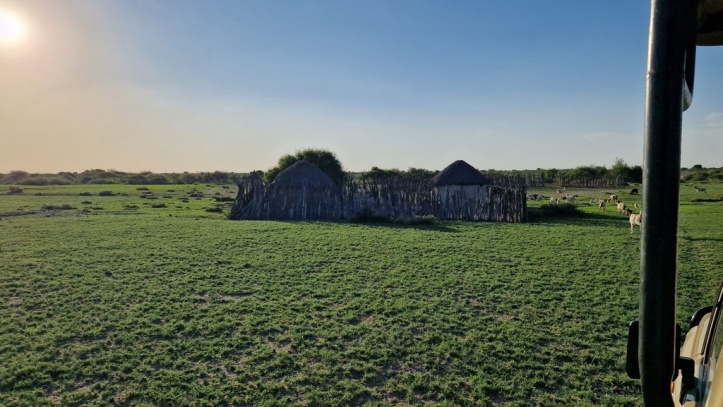
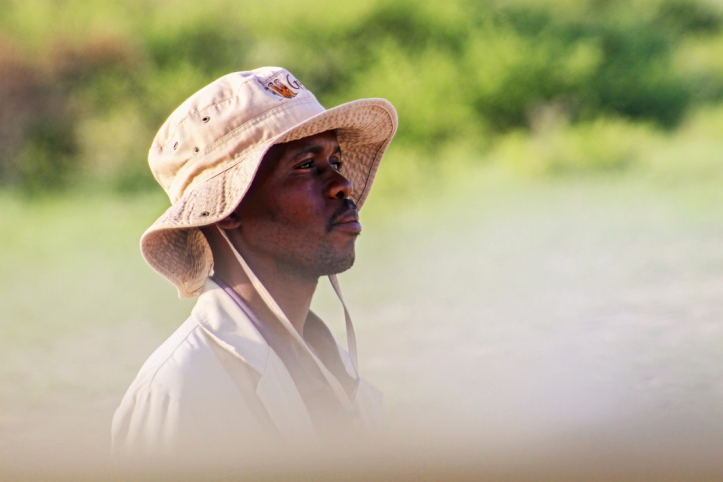
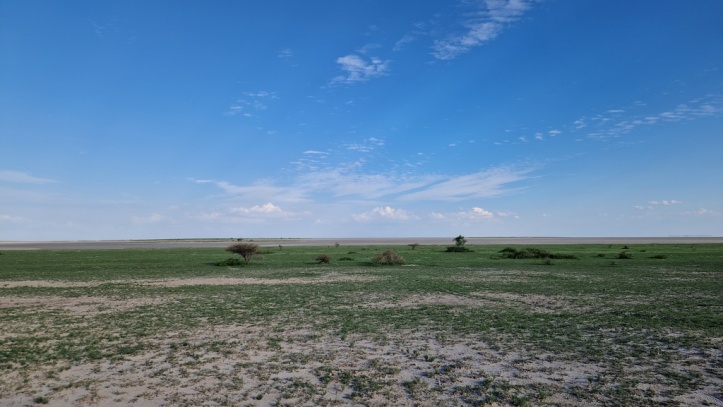
Then we finally came to the very edge of the pan, where the endless green meadows abruptly go over into an endless white salt pan. And on the edge of that pasture, there was a cute colony of 6 meerkats. They have many burrows dug out into the soil, so it was a constant hide-and-seek game. They were just adorable.
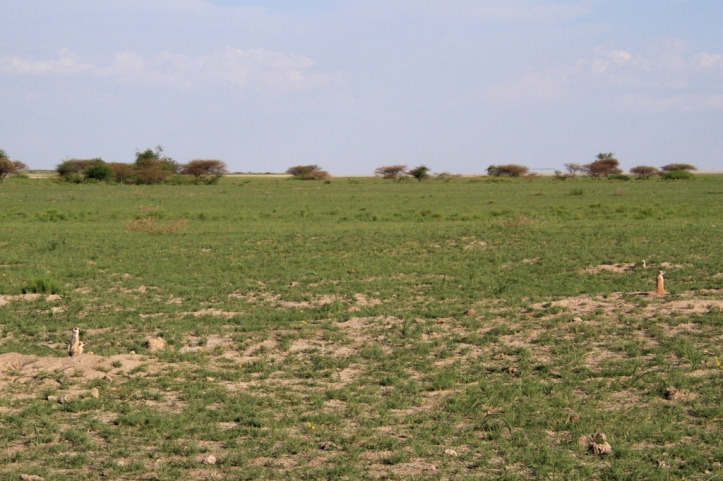
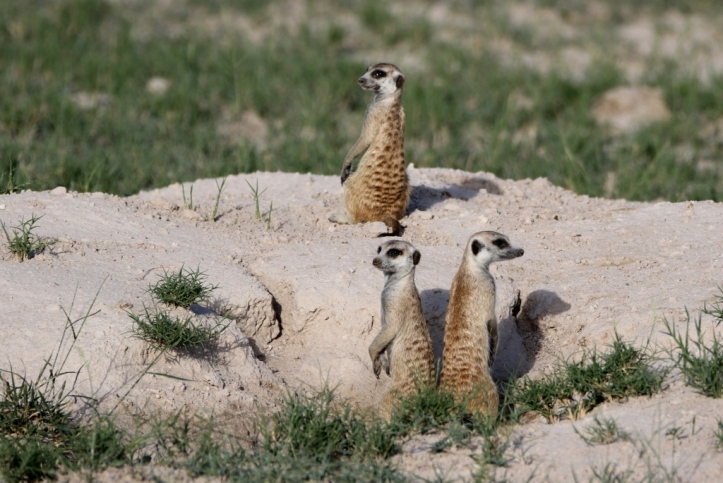
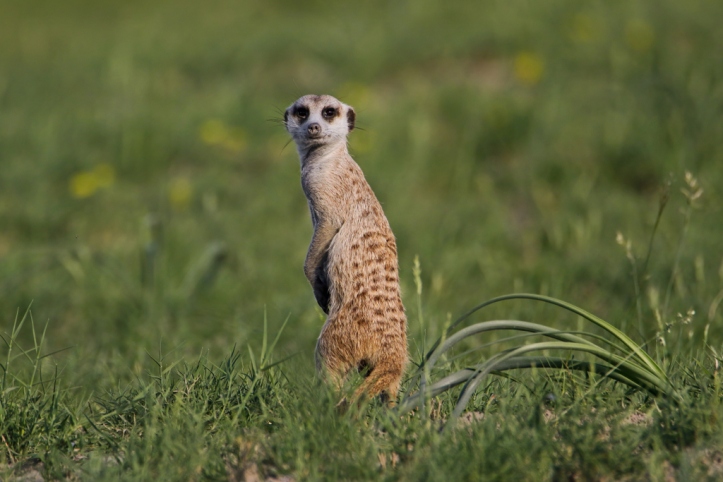
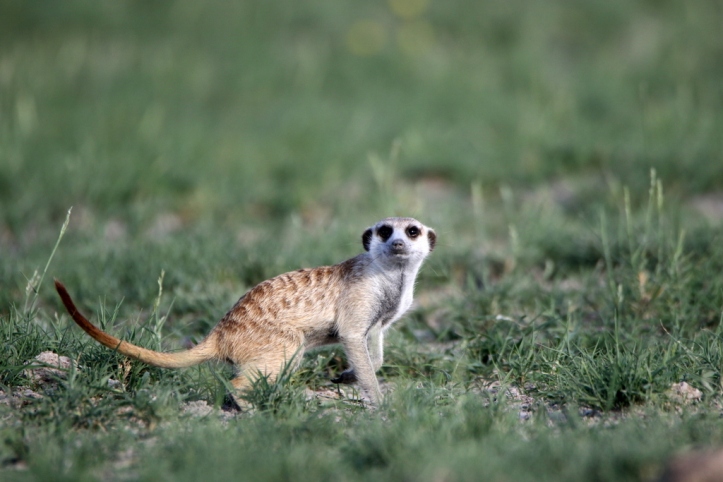
When the meerkats had had enough of us and retreated into their burrows, our guide drove us onto the actual salt pan, so that we could get the feeling of its vastness. At this time the crust was already too soft to venture too far from the edge with the car, but we got that itch to cross that endless emptiness some other time, on another visit during the dry winter.
